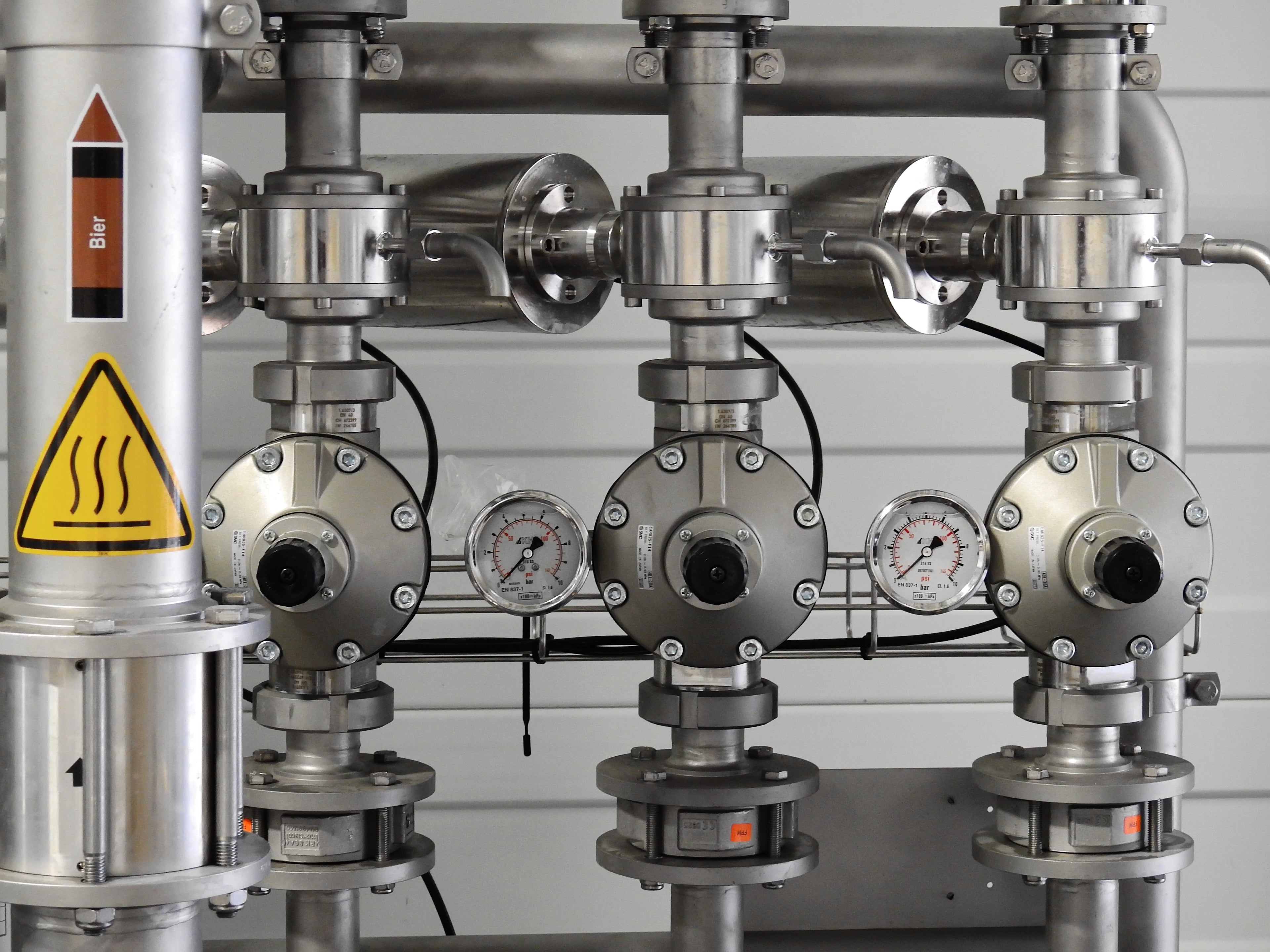Many homeowners forget the importance of septic tanks risers when they are attempting to maintain septic tanks. These simple but essential components permit easy access to the tanks that are septic, which makes routine inspections, maintenance, and pumping a lot easier. By putting risers in your tank, you can eliminate the necessity of digging the ground each time a service is required. This will save both time and money, while also decreasing the disturbance to your landscaping. The risers on tank septic reduce the chance of injuries or accidents during maintenance because they provide a safe access point to the tank.
Effluent management is another critical aspect of maintaining a healthy septic system. Effluent refers specifically to the liquid waste which flows from the septic tank into the drain field to be treated. It’s made up of bacteria, water and organic matter. The solid particles in the effluent could be able to settle at the bottom of the tank over time and develop into a sludge-like layer. This sludge, if not eliminated promptly, may accumulate and cause a clog within the system. It may also damage the drainage field. Regular pumping and control of effluent ensures that septic tanks function effectively, preventing blockages and prolonging their lives.
The proper drainage of your septic tank is crucial for its functioning. The wastewater that flows out of your house is absorbed by the septic system and undergoes a separation process. Solid waste settles at the bottom, while oils and lighter substances rise towards the top, forming the scum layer. The effluent (the liquid remaining in the tank) is discharged and flows into the drain field to be filtered and absorbed by the soil. A well-designed drainage system allows for smooth effluent flow, making sure that there are no flooding or backups. It is vital to keep the drainage pipes free of debris, roots and other obstructions that can block the effluent. Regular inspections and maintenance of the drainage system can help to avoid costly repairs and the possibility of environmental contamination.
It is important to make the right choice for the septic tank in your home. This choice can have a lasting impact on the functionality of your property and also its sanitation. There are numerous options that are available. It is crucial to consider a variety of aspects before making your choice. The dimensions of the tank need to be determined by the amount of water used of your house and the number of persons living there. For a large family or property that has frequent guests, a bigger tank will be required. Think about the materials that is used to build the tank. Concrete, fiberglass and plastic are all popular choices. Each material has advantages and disadvantages, based on their reliability, maintenance, as well as cost. Be sure to check the regulations and guidelines set by your local authorities on the installation of septic tanks. It’s important to choose a tank that meets the essential standards and meets any specific guidelines.
Find a certified installer of septic systems. They will assess the property and provide recommendations based on your soil and topography conditions. When you carefully consider these aspects in your decision-making process, you will be able to choose the best septic tank for your home that is the best fit for your home’s needs as well as ensures a stable and efficient water management system.
For a safe and secure system for septic tanks, it’s vital to ensure that your tank’s operation is properly maintained and is properly maintained. It is also helpful to install risers, and maintain proper drainage. Septic tanks are the primary treatment method for household wastewater, while effluent management ensures the safe disposal of treated liquid waste. They help to maintain the system. A well-designed drainage system enables the effluent to flow freely, preventing back-ups and system failures. The importance of these elements and the need to follow regular maintenance protocols will ensure that the septic system is environmentally durable, efficient, and last a long time. This promotes a healthy and safe living environment.
